Shales (6D0)
 This is a layered rock called shale. Each layer represents a season when sediment was deposited in a lake.
This is a layered rock called shale. Each layer represents a season when sediment was deposited in a lake.
Playing time: 7 min (V793)
|
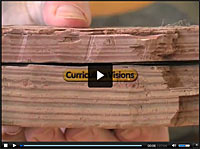
|
Ceramics (6D1)
 This video shows three ceramic pigs at different stages of production. One has not been fired, one has been fired once and left untreated, and the third has been fired twice and glazed.
This video shows three ceramic pigs at different stages of production. One has not been fired, one has been fired once and left untreated, and the third has been fired twice and glazed.
Playing time: 4 min (V1082)
|
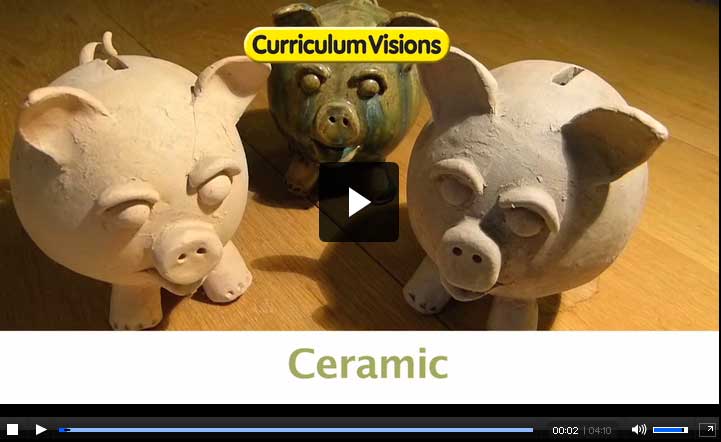
|
Ceramic craft
 This video shows a ceramic model of a dog.
This video shows a ceramic model of a dog.
Playing time: 1 min (V1158)
|
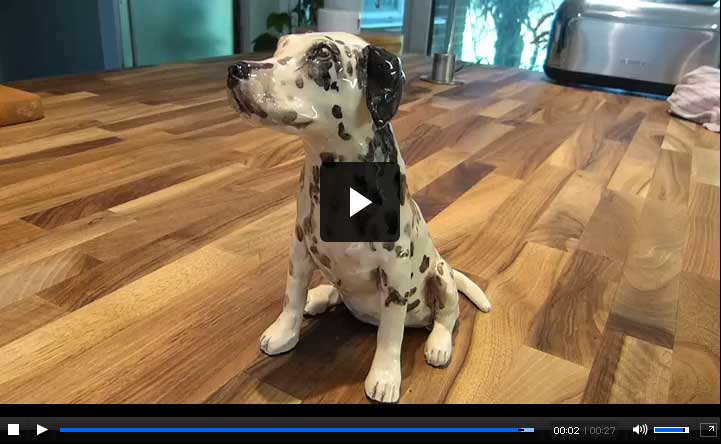
|
Heating materials (6D2)
 When materials are heated they often change irreversibly. This is a real time video of making toast. Toast is an example of irreversible change. The experiment is to find out how long it takes for this change to happen and how you can detect the change. Notice also a change in size of the bread as it is heated due to loss of moisture. Many foods shrink as they are heated (baked potatoes, for example) for the same reason. But why do boiled foods not change this way?
When materials are heated they often change irreversibly. This is a real time video of making toast. Toast is an example of irreversible change. The experiment is to find out how long it takes for this change to happen and how you can detect the change. Notice also a change in size of the bread as it is heated due to loss of moisture. Many foods shrink as they are heated (baked potatoes, for example) for the same reason. But why do boiled foods not change this way?
Playing time: 10 min (V794) |
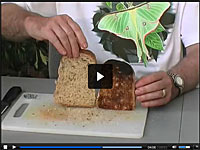
|
Fire (6D3)
 Looking at how fire causes charring and other changes.
Looking at how fire causes charring and other changes.
Playing time: 2 min (V795)
|
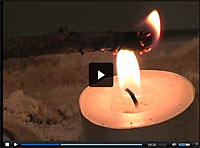
|
Playing time: 4 min (V760)
|
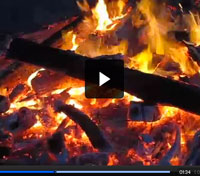
|
Plaster (6D4)
 Plaster is an example of an irreversible chemical reaction.
Plaster is an example of an irreversible chemical reaction.
Playing time: 4 min (V796) |
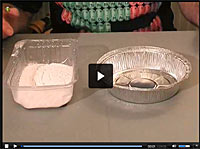
|
Tarnishing (6D5)
 A short video showing what has made a silver fork look so black, and what it really is.
A short video showing what has made a silver fork look so black, and what it really is.
Playing time: 3 min (V899) |
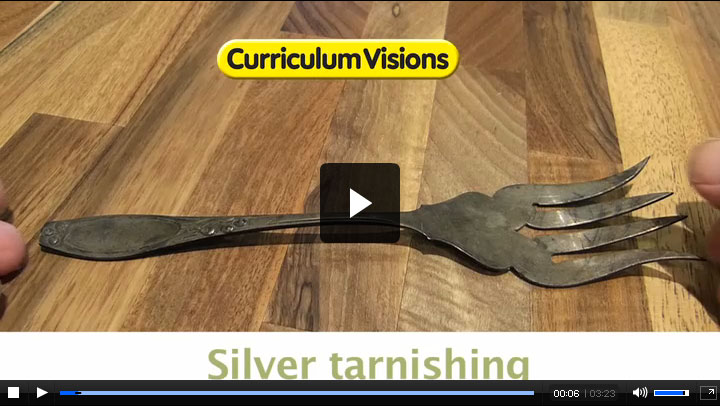
|
Plastic (6D9)
 When you put some food materials together they combine to produce a new material (an irreversible change). In this case you see how to make plastic.
When you put some food materials together they combine to produce a new material (an irreversible change). In this case you see how to make plastic.
Playing time: 5 min (V797)
|
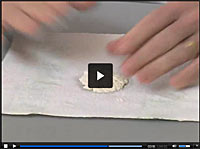
|
How is a cracker made?
 A look at how seasonal materials are made and which ones are reversible and irreversible changes.
A look at how seasonal materials are made and which ones are reversible and irreversible changes.
Playing time: 6 min (V798)
|
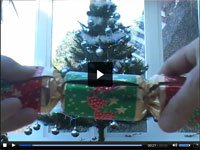
|
Aluminium
 An introduction to aluminium, some of its basic properties, and what we use it for.
An introduction to aluminium, some of its basic properties, and what we use it for.
Playing time: 3 min (V831)
|
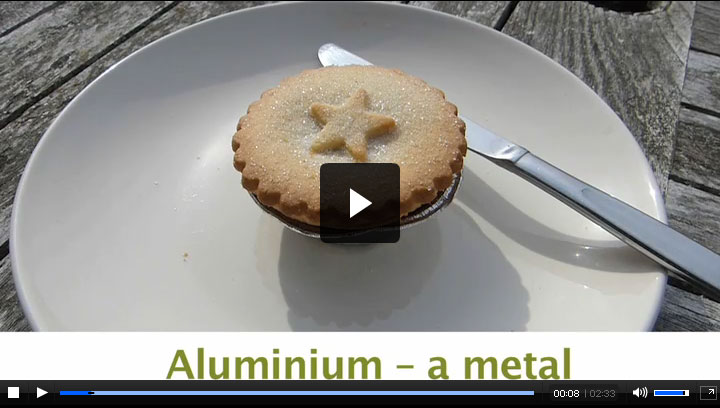
|
Sparkler
 Shows a sparkler.
Shows a sparkler.
Playing time: 1 min (V962)
|
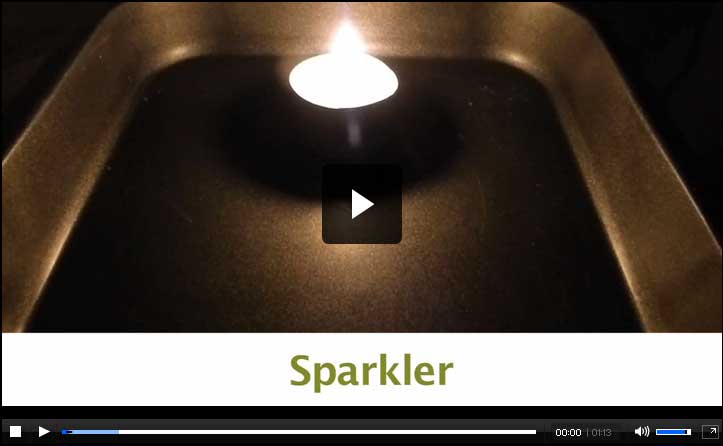
|











